As the world of cryptocurrencies and blockchain continues to change rapidly, the Polygon blockchain stands out as a significant development. It tackles major issues like scalability and cost that many traditional blockchain networks struggle with. In this blog, we take a closer look at how the Polygon blockchain operates, its benefits, and what makes it one of the most exciting platforms in the crypto space.
What is the Polygon (Matic) Blockchain, and How Does It Work?
Polygon, which was once called Matic Network, is a solution that helps improve Ethereum’s ecosystem by scaling it up. It serves as a way to build and connect different blockchain networks that work well with Ethereum. Since its launch in 2017, Polygon has aimed to address Ethereum’s problems, like high transaction costs and slow speeds, by creating a system that runs alongside Ethereum with multiple chains.
To achieve this, Polygon combines the Plasma Framework with a proof-of-stake (PoS) approach. The Plasma Framework helps set up child chains that take care of transactions away from the main Ethereum network. This helps lighten the load on Ethereum while ensuring security remains high. Meanwhile, the PoS system keeps the network decentralized and safe, all while allowing for quick transaction confirmations.
Pros and Cons of the Polygon Blockchain
Polygon’s creative design has caught a lot of eyes, but, like all technologies, it has both good points and drawbacks.
Pros of the Polygon Blockchain:
- Scalability: On Polygon, transactions happen much quicker and at a lower cost compared to the Ethereum mainnet.
- Interoperability: Polygon facilitates seamless interaction between Ethereum-compatible blockchain networks.
- Developer-Friendly: It offers robust tools, such as SDKs and APIs, to simplify blockchain development.
- Low Transaction Fees: Transaction costs are minimal, making it attractive for developers and users.
- Strong Ecosystem: With numerous DeFi projects, dApps, and NFT marketplaces, Polygon has a vibrant ecosystem.
Cons of the Polygon Blockchain:
- Dependence on Ethereum: As a Layer 2 solution, its functionality is tied to Ethereum’s ecosystem.
- Centralization Concerns: Critics argue that Polygon’s PoS mechanism may lead to some degree of centralization.
- Competition: The rise of alternative scaling solutions poses a challenge to Polygon’s dominance.

The Following Are Some of the Pros of Polygon Matic
1. Enhanced Speed
Polygon handles transactions in just a few seconds, making it a significant upgrade compared to Ethereum’s typically busy network.
2. Cost-Effectiveness
The fees for transactions on Polygon are much lower than those on Ethereum. This makes Polygon a great choice for small payments and frequent trading.
3. Sustainability
Polygon’s proof-of-stake system uses much less energy compared to Ethereum’s earlier proof-of-work approach, helping to create a more sustainable blockchain environment.
4. Developer Tools and Support
Polygon’s SDK enables developers to build tailored blockchain networks. Plus, with its backing for the Ethereum Virtual Machine (EVM), connecting everything becomes a lot easier.
Polygon Matic: How it Works
Polygon works by setting up sidechains, which are like smaller chains linked to Ethereum’s main network. These sidechains take care of transactions on their own, which helps to lessen traffic and lower expenses. Here’s a summary:
- Transaction Processing: Transactions occur on Polygon’s sidechain using the Plasma Framework.
- Consensus Mechanism: Validators in the Polygon network confirm transactions by using the PoS consensus method.
- Security: Information from sidechains is saved on the Ethereum mainnet at regular intervals, providing strong security.
- EVM Compatibility: Developers can deploy smart contracts seamlessly on Polygon without extensive modifications.
What is the Best Way to Take Advantage of the Polygon Network?
- DeFi Applications: Use Polygon’s low fees and high speeds for lending, borrowing, and yield farming.
- NFT Marketplaces: Mint, trade, and interact with NFTs at a fraction of the cost compared to Ethereum.
- Scalable dApps: Developers can build scalable dApps without compromising on speed or cost.
- Gaming: Polygon’s infrastructure is perfect for blockchain-based games that require fast and cost-effective transactions.
Polygon is a Layer 2 Scaling Solution
As a Layer 2 solution, Polygon enhances Ethereum’s functionality without altering its base layer. It enables:
- Faster Transactions: By handling transactions off-chain and settling them on Ethereum later.
- Lower Fees: Reducing gas costs by moving operations to sidechains.
- Security: Leveraging Ethereum’s decentralized and secure base layer.

Its Objective is to Establish a Foundation for Blockchain Networks
Polygon aims to create an internet of blockchains, where different networks can seamlessly interact. By offering tools for interoperability and scalability, it sets the stage for:
- Mass Adoption: Simplifying blockchain use for businesses and individuals.
- Cross-Chain Solutions: Facilitating seamless communication between various blockchain ecosystems.
- Flexibility: Allowing developers to choose from multiple scaling options like Plasma, zk-Rollups, and optimistic Rollups.
Polygon is Listed on Several Major U.S. Exchanges
You can find Polygon’s token, MATIC, on major U.S. exchanges like Coinbase, Binance US, and Kraken. This makes it more accessible and improves liquidity, allowing investors to trade and utilize MATIC more easily.
5 Reasons to Invest in Polygon Blockchain
1. Demand for NFTs Has a High Growth Potential
The NFT market is expanding, and because of its low fees and fast processing, many creators and collectors are choosing Polygon as their go-to platform.
2. ICOs and Incubator Programs
Polygon helps new projects get started by providing funding and technical support through its incubator programs. This encourages creativity and development within its community.
3. Significant Ecosystem
Polygon has a variety of DeFi platforms, NFT marketplaces, and gaming dApps, which makes it a lively center for blockchain activities.
4. Exceptionally Scalable
Polygon can manage thousands of transactions every second, making it ready for the rising demand as more people start using it.
5. Strong Market Position
Polygon’s collaborations with major players such as Google Cloud and Meta highlight its reliability and promise for lasting success.
How Web3 is Revolutionizing Blockchain and Crypto Ecosystems
What Coins Are on Polygon Blockchain?
A lot of tokens function on the Polygon blockchain because it offers great scalability and low costs. Here’s a table featuring some well-known coins in the Polygon network:
| Name | Price | Circ. Supply |
| MATIC | $0.95 | 9,300,000,000 |
| USDC | $1.00 | 50,000,000,000 |
| WETH | $1,600.00 | 120,000 |
| DAI | $1.00 | 6,000,000,000 |
| QUICK | $50.00 | 1,000,000 |
| SUSHI | $1.20 | 250,000,000 |
(Note: Prices and supply figures are approximate and subject to market fluctuations.)
FAQs About Polygon Blockchain
1. What is Polygon Blockchain used for?
Polygon helps people build and link blockchain networks that work with Ethereum. It’s a favorite choice for things like decentralized finance (DeFi), non-fungible tokens (NFTs), and scalable dApps because it offers low transaction fees and fast speeds.
2. How is Polygon different from Ethereum?
Ethereum serves as a Layer 1 blockchain, whereas Polygon acts as a Layer 2 solution that complements Ethereum. By handling transactions off the main blockchain, Polygon provides quicker speeds and reduced fees, while still keeping data secure by saving it on Ethereum.
3. Is Polygon secure?
Yes, Polygon uses Ethereum’s base layer for security while incorporating its own proof-of-stake (PoS) consensus mechanism for fast and secure transaction processing.
4. What are MATIC tokens used for?
MATIC tokens are used for transaction fees, staking, and governance on the Polygon network. They are an integral part of the ecosystem.
5. How can I buy MATIC?
You can buy MATIC on major cryptocurrency exchanges like Coinbase, Binance, and Kraken. It is also available for trading on decentralized exchanges.
6. Can developers easily migrate their dApps to Polygon?
Yes, developers can migrate their Ethereum-based dApps to Polygon with minimal modifications, thanks to its Ethereum Virtual Machine (EVM) compatibility.
7. Is Polygon suitable for gaming applications?
Absolutely! Polygon’s fast transaction speeds and low fees make it an ideal platform for blockchain-based games that require frequent interactions.
Final Thoughts
Polygon blockchain has become a key player in the world of cryptocurrency and blockchain technology. By emphasizing easy scalability, low costs, and tools that are great for developers, it tackles important challenges faced by the Ethereum network. Its lively community and creative solutions make it a top choice for what lies ahead in blockchain. If you are a developer, investor, or simply someone who loves blockchain, Polygon provides unique chances in the decentralized space.
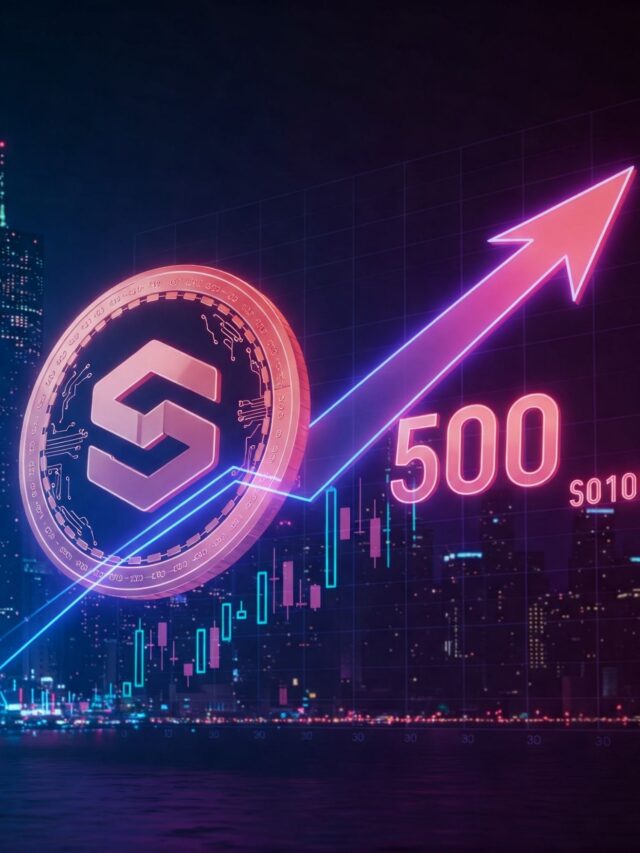
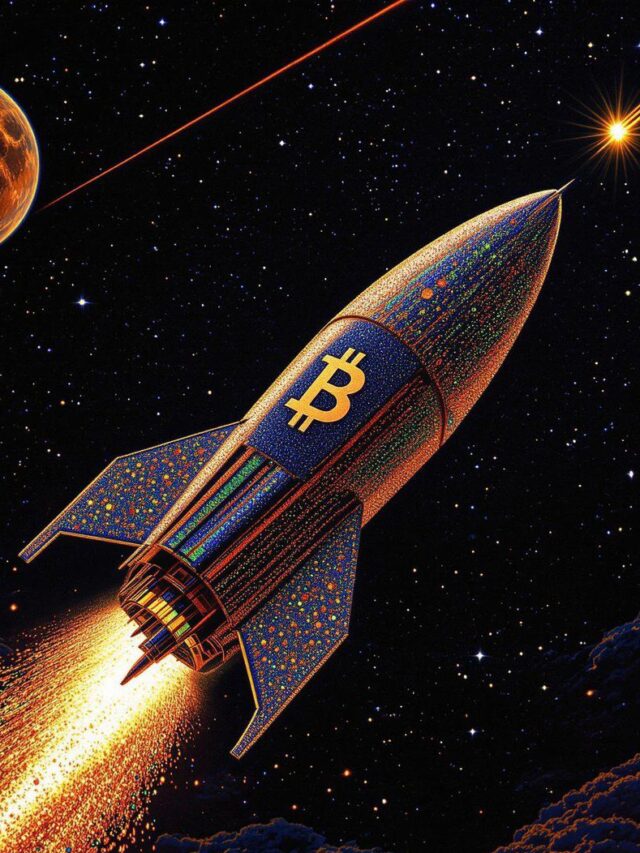

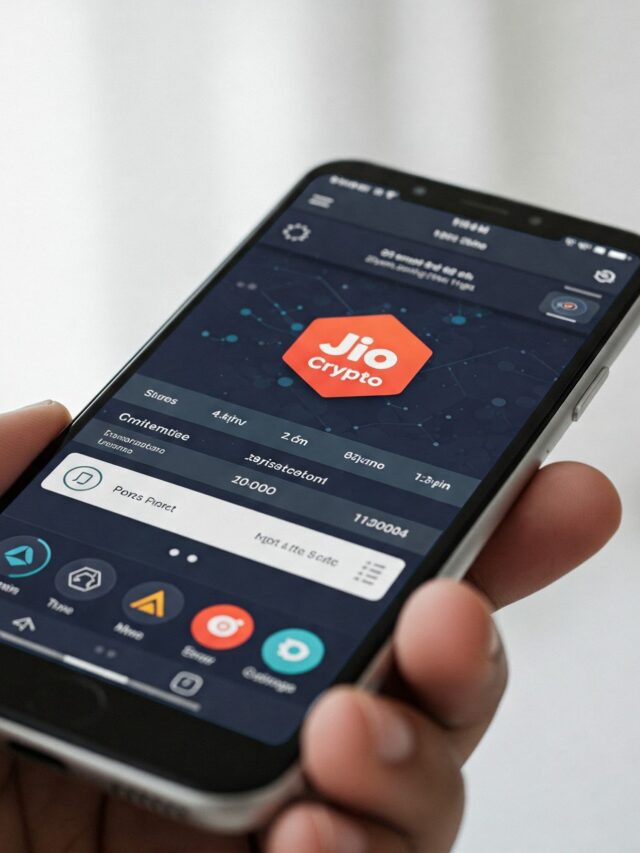
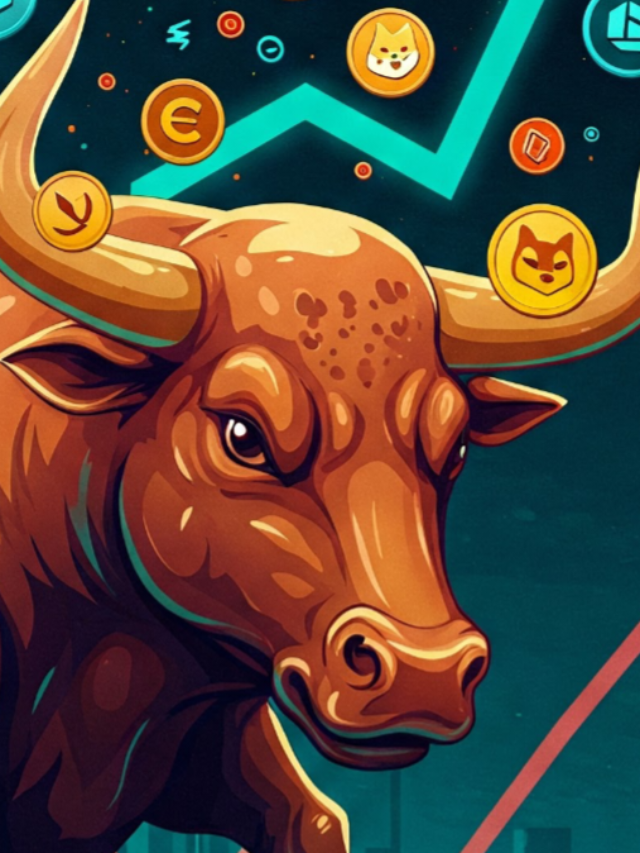
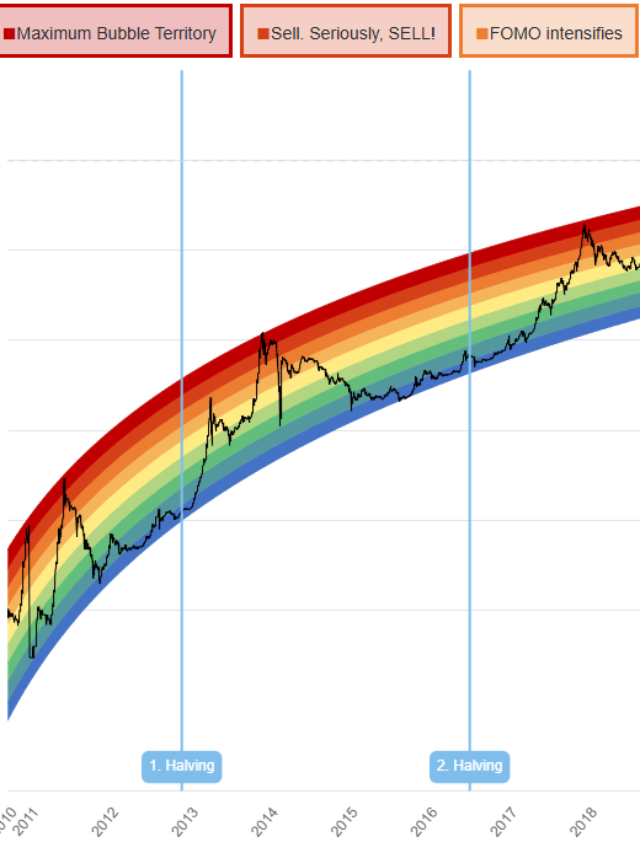
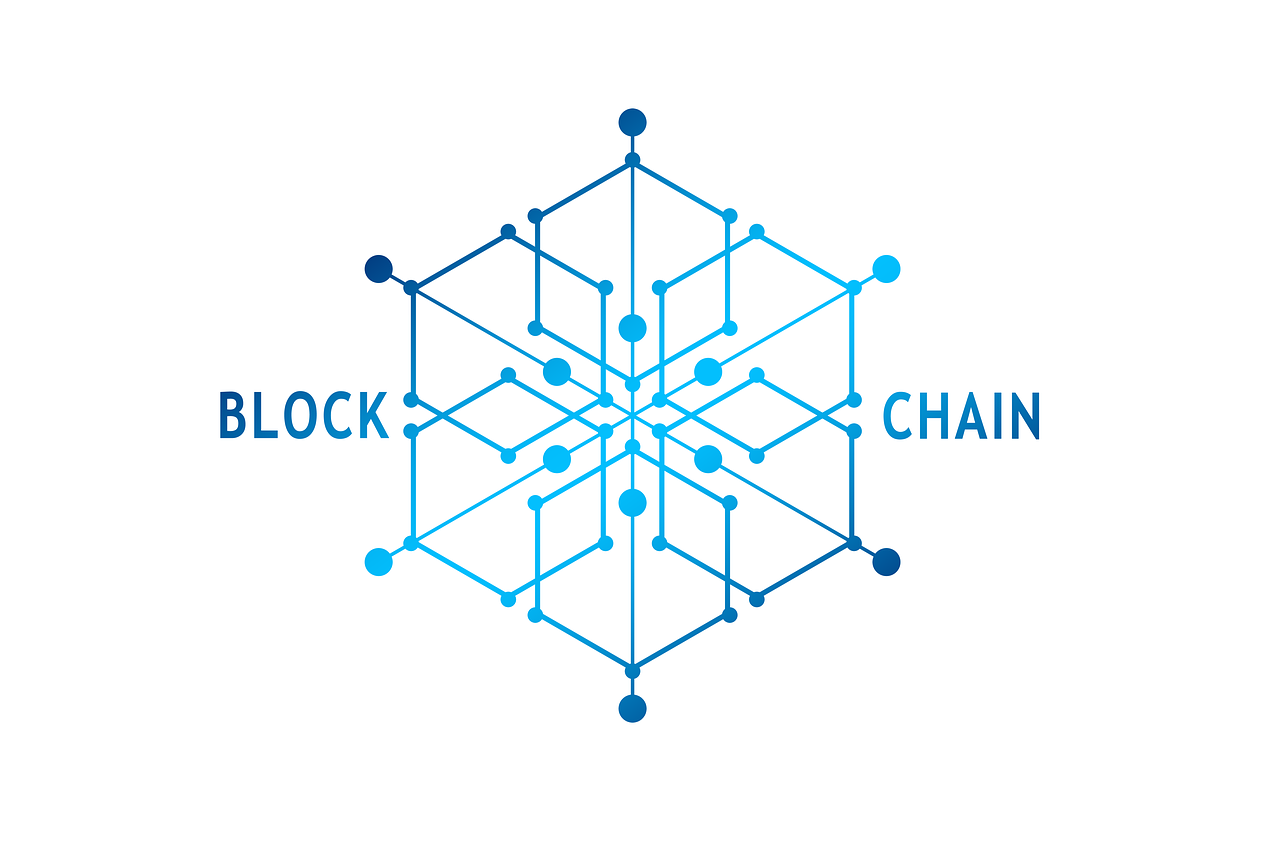
3 thoughts on “What is Polygon (Matic)? A Beginner’s Guide to the Layer-2 Scaling Solution”